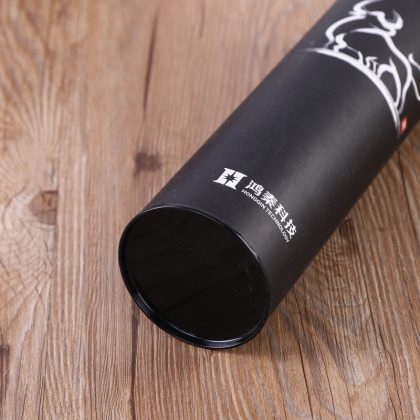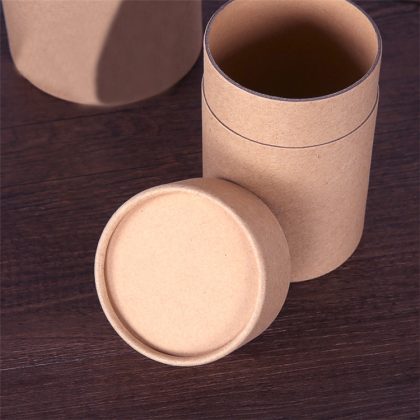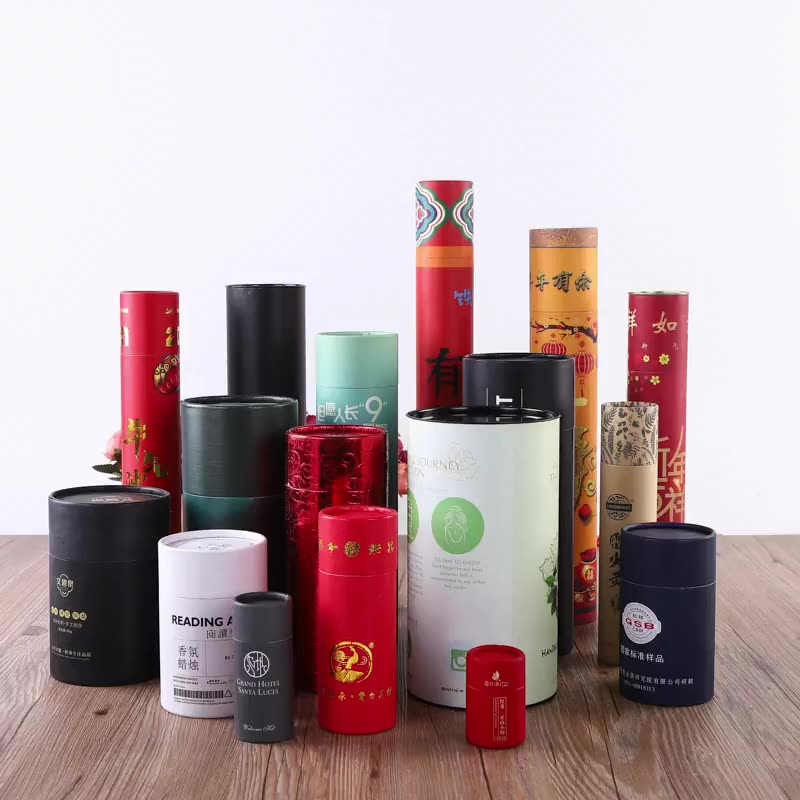The compressive strength of corrugated cardboard boxes is an important measure of their ability to withstand external forces and prevent the contents from being damaged during transportation and storage.
There are several methods to test the compressive strength of corrugated cardboard boxes, including the Edge Crush Test (ECT) and the Box Compression Test (BCT).
The Edge Crush Test measures the amount of force required to crush a short column of corrugated cardboard. The test measures the ECT value, which is expressed in pounds per inch (lb/in) and is an indication of the box’s stacking strength. The higher the ECT value, the stronger the corrugated board and the more weight it can support.
The Box Compression Test measures the amount of force required to crush a box between two plates at a constant rate. The test measures the BCT value, which is expressed in pounds per square inch (lb/in²) and is an indication of the box’s overall strength. The higher the BCT value, the more weight the box can support without collapsing.
The compressive strength requirements for corrugated cardboard boxes may vary depending on the product being shipped and the mode of transportation. It is important to ensure that the box has sufficient compressive strength to prevent damage to the contents and ensure that the box can be safely transported and stored.


